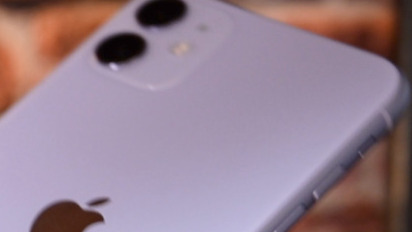The iPhone XR was one of three 2018 iPhone models. Apple slotted its price beneath the pro-level iPhone XS and iPhone XS Max but above the iPhone SE. It lacked some flagship features while still offering an edge-to-edge display and A12 Bionic chip. Apple still sells it as a budget alternative to the iPhone 12 series.
Apple initially sold the iPhone XR starting at $749. Today, it starts at $499 for 64GB storage. The 128GB variant costs $549.
iPhone XR Features
Apple positioned the 2018 handsets less as a must-have upgrade for iPhone X owners and more as an entry point for owners of older Touch ID-based iPhones. The iPhone XR gave those customers the new full-screen design at its lowest price. Apple still sells it today as the cheapest all-screen iPhone.
The 2018 iPhones marked the first generation where all of Apple's new handsets had the redesign, including full screen, Face ID, notch, and new home and multitasking gestures. However, the iPhone XR has slightly wider bezels around its display than the iPhone XS pair.
The phone has a glass front and back, sandwiching an aluminum frame. Apple helped distinguish the phone by selling it in various colors, similar to its iPhone 5c strategy from five years earlier. Available colors include blue, white, black, yellow, coral, and Product(Red).
The iPhone XR launched on October 26, 2018. Its combination of modern design and lower price made it the top-selling smartphone of 2019.
Display
The iPhone XR has a 6.1-inch edge-to-edge display, falling between the 6.5-inch iPhone XS Max and 5.9-inch iPhone XS. Its Liquid Retina HD Display is an LCD. This is a lower-end display than the OLEDs found in pro-level iPhones from 2017 to today.
The display has a 1792 x 828 resolution at 326 PPI. It supports True Tone and P3 wide color. Its 1,400:1 contrast ratio (typical) is much lower than that of OLED iPhones.
The lack of a home button required first-time users to learn swipe gestures for multitasking and returning to the home screen. Like the full-screen iPhones before and after it, it includes a notch that houses the front camera and Face ID sensors.
Processor
Powering the phone is the A12 Bionic Apple Silicon. This is the same chip found in the iPhone XS and iPhone XS Max, the flagship iPhones of the same generation.
In addition to general speed improvements, the silicon included an update to Apple's Neural Engine. The eight-core portion of the chip focuses on machine learning, handling up to eight times more operations-per-second than the previous Neural Engine.
The chip's processing portion is a six-core CPU with two performance cores and four efficiency cores. The performance cores are up to 15% faster than the A11, while the efficiency cores handle lower-intensity tasks using 50% less energy.
The A12 Bionic has a four-core GPU that's 50% faster than the A11's graphics. The iPhone XR's chip also includes a faster Secure Enclave that speeds up Face ID recognition compared to the iPhone X.
Cameras
The iPhone XR has a single wide-angle lens on its backside. This was another concession compared to its premium peers, which had a second telephoto lens.
The 2018 iPhones were the first generation to support Smart HDR. It rapidly fires off multiple shots unseen to the user, applying machine learning through the Neural Engine to keep each image's best portions. The result is a single photo with a wider spectrum of light and dark areas than any single picture could have provided. All of this happens in the background at close to real-time, taking a few seconds at most.
The handset was also among the first to include bokeh and depth controls for Portrait Mode. After taking a Portrait Mode shot, you can adjust the background-blur level and apply portrait effects like studio light and contour light.
The camera has a 20% larger pixel depth compared to the iPhone X camera. This provides better light sensitivity for low-lit shots.
In the following hardware generation, Apple added Night Mode for much better shots in poorly lit environments. Similar to Smart HDR, it takes multiple photos and uses machine learning to create a single image. The iPhone XR doesn't support Night Mode.
The iPhone XR's rear camera is 12MP with ƒ/1.8 aperture. It can record video in up to 4K resolution at up to 60fps.
The TrueDepth front-facing camera is a single 7MP lens with ƒ/2.2 aperture. It supports HDR and Portrait Mode with bokeh and depth control.
iOS 12
The handset shipped with iOS 12, the company's 2018 mobile software update.
The initial release added some new augmented reality functionality, including the Measure app, which allows rear cameras to measure real-world items in 3D space. It also added Screen Time, which provides multiple tools to monitor device and app usage.
Other additions included MeMojis, which allow users to use the TrueDepth camera to map their faces, animating a personalized digital character. iOS 12 also added Siri Shortcuts, letting users create or install customizable macros, linking multiple tasks and apps.
Notifications were also updated to allow groups of notifications to be collected together, tidying up sometimes lengthy lists of updates.
Today, the iPhone XR runs the latest version of iOS 14.
Other iPhone XR Features
- Up to 16 hours video playback
- Measures 5.94 x 2.98 x 0.33 inch
- Weighs 6.84 oz.
- Dual-SIM support
- 64GB and 128GB storage tiers – 256GB version is discontinued
iPhone XR Review
AppleInsider gave the handset a score of 4.5 out of 5 stars in our review.
"The cheapest option in Apple's 2018 iPhone collection, the iPhone XR isn't expected to live up to the standards set by the iPhone XS and the iPhone XS Max. While it does have some different components in order to bring the overall cost of the device down, the iPhone XR certainly isn't any less of an iPhone than the other two models.
"It isn't hard to see that this handset is an unusual release for Apple. From the iPhone 6, Apple offered the current-generation model alongside the previous version, giving two tiers of device for consumers to choose from. For the iPhone X, Apple provided the iPhone 8 and iPhone 8 Plus as an alternative to the new design, one that used the design language that the world understood.
"The iPhone XR is odd, as while Apple has offered two distinct tiers of device as usual, the alternative to the premium iPhone XS and iPhone XS Max turns out to be one that is quite similar in quite a few respects. It shares the same general physical design, but with a few notable changes that makes this phone a different device."
Performance
"Running Geekbench on the phone offers a single-core score of 4,809, with a multi-core score of 11,360, and a Metal GPU score of 21,400. While there is usually some level of variance between devices in benchmarking, this particular handset managed to beat the multi-core score of the iPhone XS in its review, and came quite close to matching the single-core and Metal scores.
"While it is certainly in the same ballpark as its premium stablemates, this also means it has the same level of performance improvement over last year's iPhone X and its A11 Bionic chip. It may be a cheaper model, but it can certainly perform in a similar way.
"What does this mean to end users? Anyone worried that there could be a drop in performance to match the price tag should be reassured this is not the case. In terms of everyday usage, the phone is quick and snappy, with apps loading fast and performing with no major performance hiccups, though it is unlikely most will see much of a difference unless they are upgrading from an older iPhone model, rather than a more recent variant."
Display
"The screen on the handset is the first major specification difference people will see, in that rather than going down the route of the iPhone XS and XS Max in using an OLED panel, Apple has elected to go for an LCD version instead. The change makes sense from a cost standpoint, as OLED panels are usually far more expensive to produce, but at the same time it does introduce some elements Apple has to contend with.
"OLED panels are able to offer high contrasts and extremely deep black shades, the LCD IPS version simply cannot. While OLED is capable of displaying HDR content accurately, LCD simply cannot offer such a range. Even from a manufacturing standpoint, OLED is easier to turn into an edge-to-edge display used in the iPhone XS models, while LCD forces some compromises.
"The manufacturing process Apple has come up with does enable an edge-to-edge display to be produced, but the thin black bezel around the outside is ever so slightly thicker here. Keen observers may have been able to pick up on the change simply by looking at it, but most people won't necessarily acknowledge it unless the phone is put next to an iPhone XS.
"Another downside to this display is that it doesn't offer the same level of resolution as the other two. While the iPhone XS and XS Max each offer a pixel density of 458ppi, the 1,792 by 828 resolution equates to 326ppi on the iPhone XR. Again, this isn't really a problem for the majority of people, as the pixel density is still high enough to make it hard to tell the difference.
"The 'Liquid Retina HD' LCD panel also offers the same True Tone and Wide Color Display (P3) features as its OLED counterparts, and is capable of putting out more than enough light for the vast majority of situations that it will be used in.
"A notable change is the lack of 3D Touch, instead replaced by 'Haptic Touch,' Apple's term for a long press on a software button to bring up extra menu options. Similar in concept to 3D Touch, instead of pressing down more on the screen, it's simply time followed by a visual change and a haptic tap.
"For the moment the only places Haptic Touch will be used is on the lock screen for the torch and the camera buttons, as well as some Control Center icons, but Apple is planning to bring it to other areas of iOS in the future. It seems like a neat compromise that works with non-3D Touch displays, though it will depend on Apple's further implementation to see if users will be OK with it.
"Unless users purposefully compare the two types of displays side by side, the quality of the screen will be more than enough in most cases."
Camera
"Unlike the other 2018 iPhones which have a dual lens setup, the iPhone XR opts for a single 12-megapixel camera with an f/1.8 aperture and optical image stabilization. This effectively is the same as the wide-angle camera on the other two models, with the XR missing the f/2.4 telephoto camera.
"For most use cases, the camera is more than capable of the task at hand. It can take wide color shots, has a quad-LED True Tone flash, and can use Smart HDR for detailed shots in environments with varying light levels. Aside from the loss of 2 times optical zoom, which made the digital zoom only go as far as 5 times instead of the 10 times on the XS and XS Max, there's not much difference at all in terms of overall picture quality.
"The loss of the dual camera configuration does impact Portrait Mode's capabilities, as the phone has to rely more on computational bokeh to blur the background. In tests with human subjects, this seems to work fine enough, with relatively few issues where the edges of clothing get mis-blurred.
"Things break down when trying to take Portrait Mode shots of non-human subjects, with the phone displaying 'No person detected' in such cases. It seems that Apple's software for computing the blur is only capable of doing so when it recognizes there is a person in frame, a limitation caused through the lack of depth data via the use of one camera.
"The depth data issue also affects the Portrait Lighting effects, with only Natural, Studio, and Contour available to use for the rear camera, leaving out the Stage and Stage Mono options entirely. The full range of options is still available for the front True Depth camera.
"This probably isn't a dealbreaker, as it is only a problem for those who take photographs of animals or objects more than people, and demand that extra bokeh in their images."
Conclusions
"It would have been easy for Apple to offer a lower-cost iPhone XS by reusing the design, skimping on some components and features, and cutting the price. In this handset, it is to Apple's credit that it took the high road and made an iPhone that could stand alongside the other two premium models without seeming like the unloved sibling.
"In producing the iPhone XR, Apple has created a smartphone at three quarters of the cost of the iPhone XS. That $250 difference, which is $350 for the iPhone XS Max, may scare some people into thinking it isn't 'that' great when put against the other two, but in the vast majority of areas, the phone matches or gets extremely close to the same standard in almost all areas.
"For the screen, unless it is right next to the iPhone XS under close scrutiny, most won't care that it isn't OLED. The single rear camera, while it does have its Portrait Mode foibles and no telephoto option, still produces great photographs that many owners would be completely happy producing.
"Unless you are extremely picky about having the better display, the better camera, specific colors, or even on having the ideal size to fit your hand or pocket, the iPhone XR will do just fine. For the vast majority of consumers, there's no dealbreakers in this version at all."
iPhone XR Pricing
 |
 |
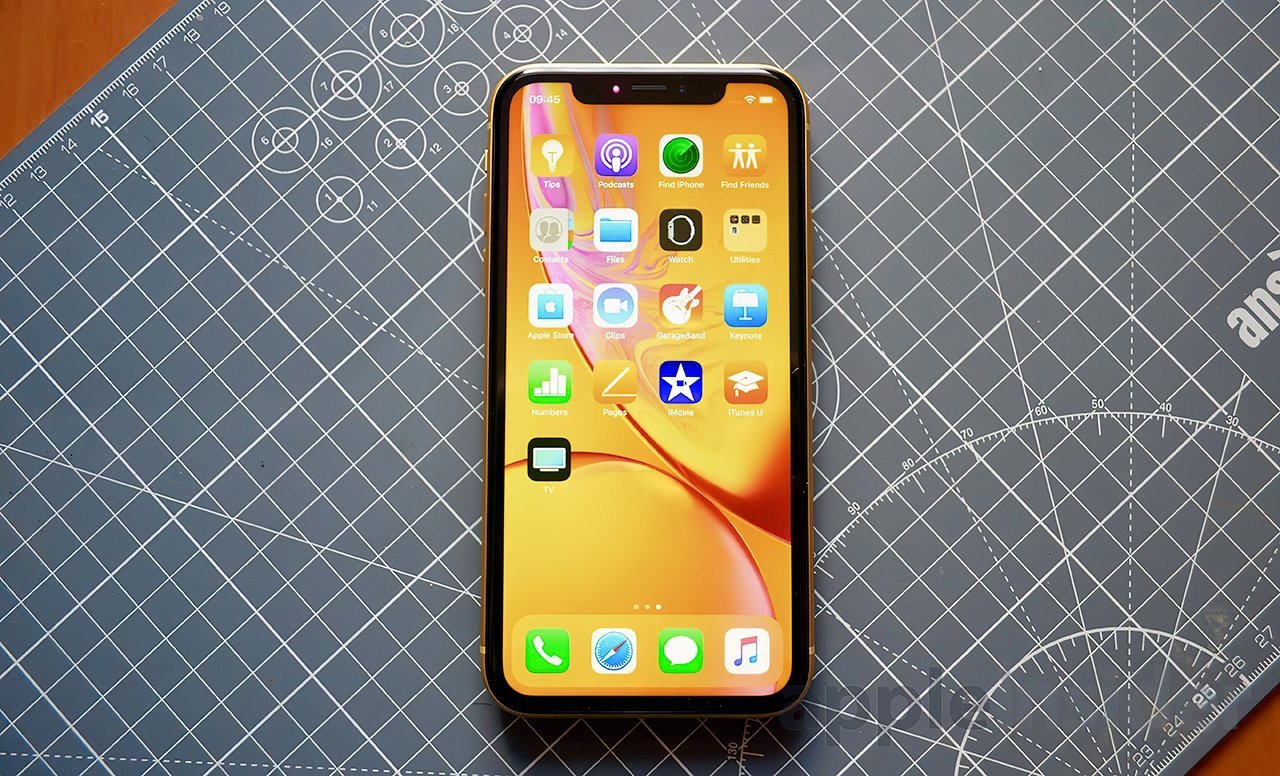
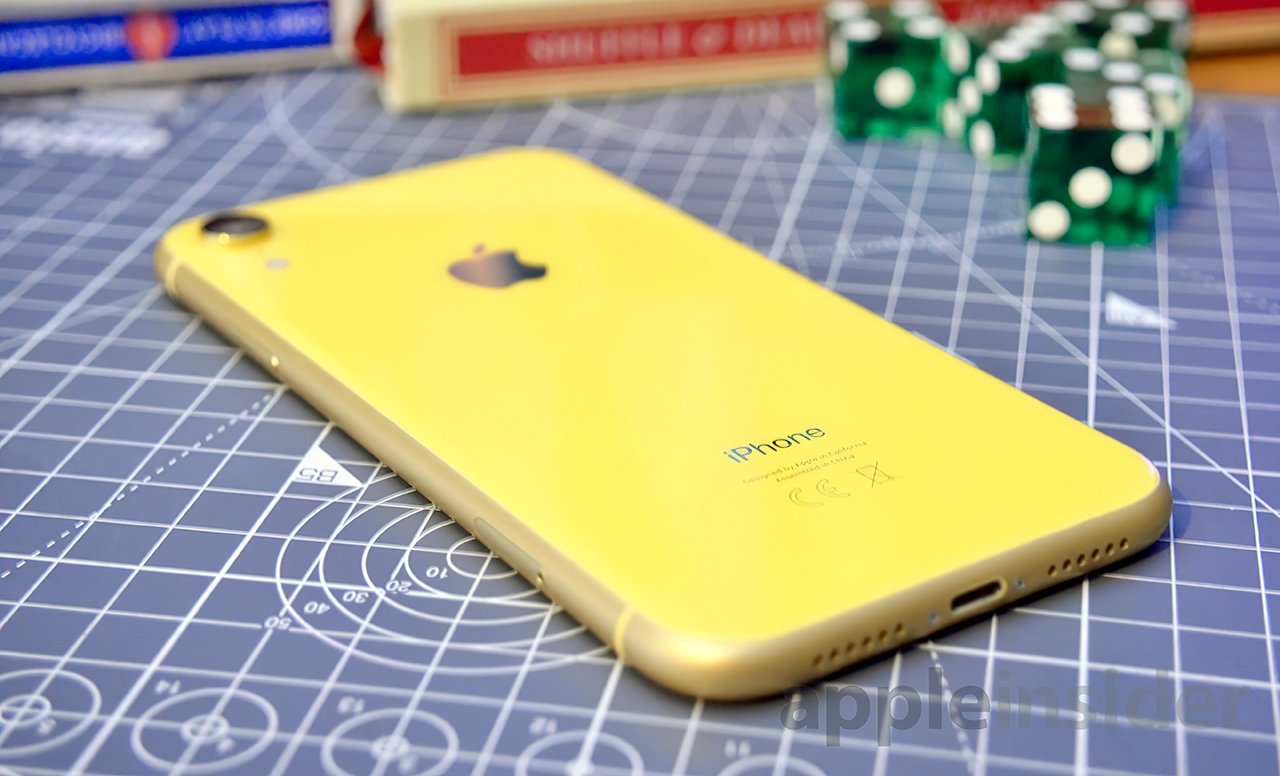
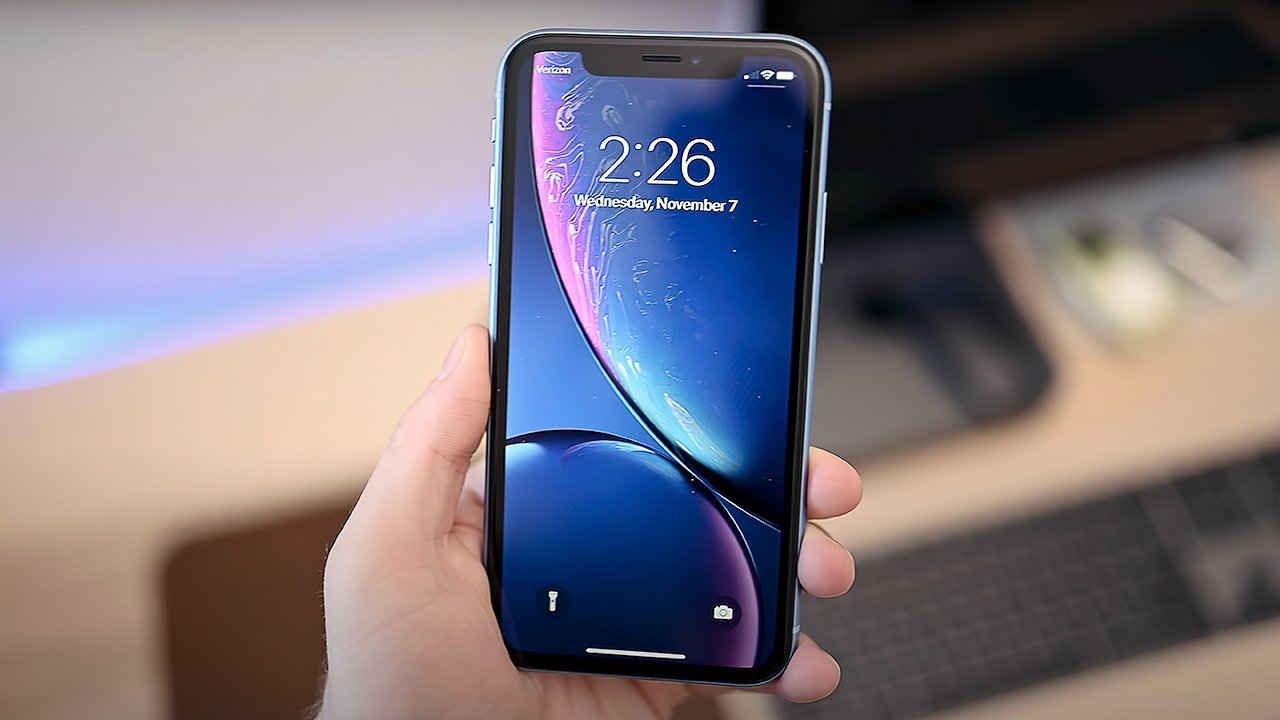

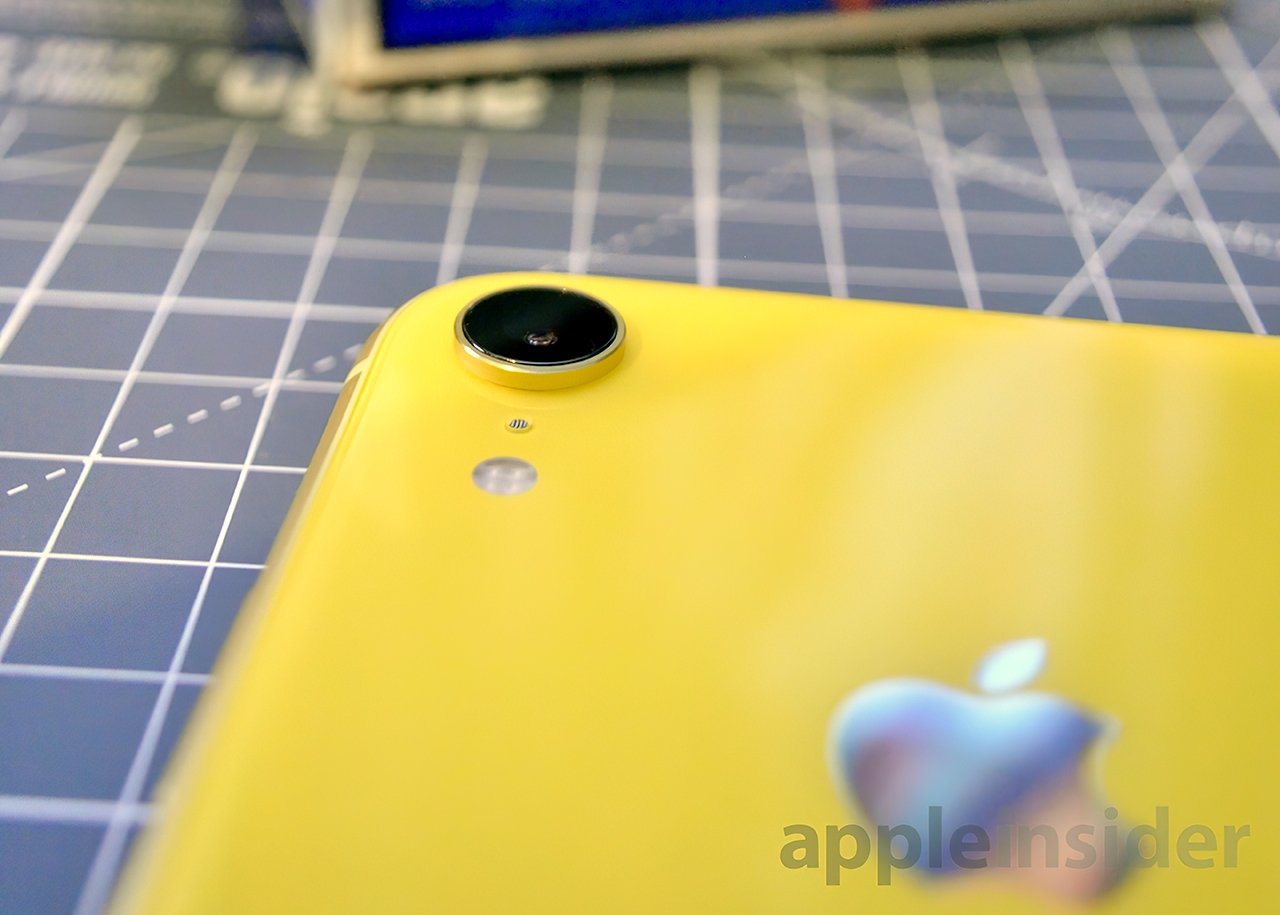
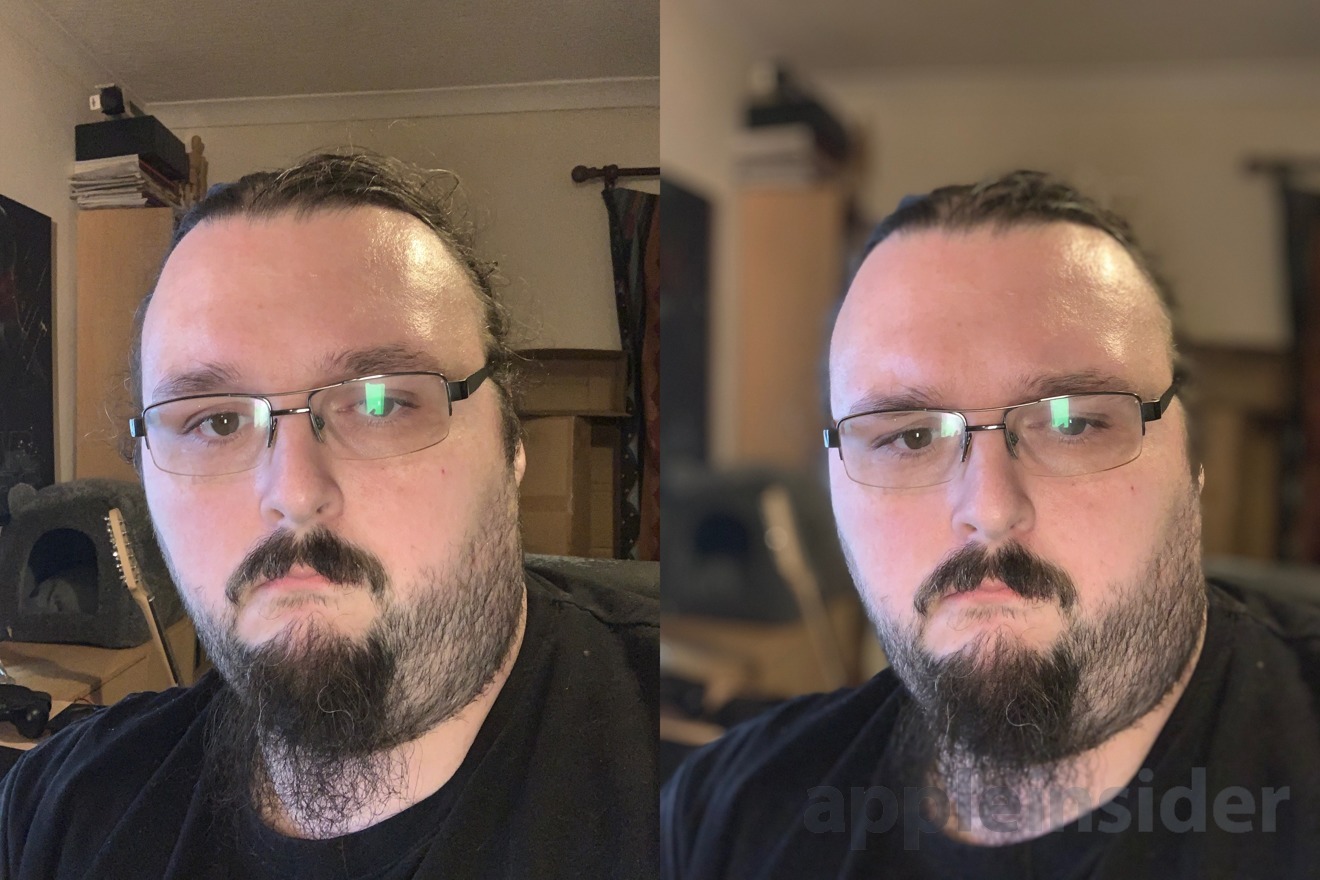

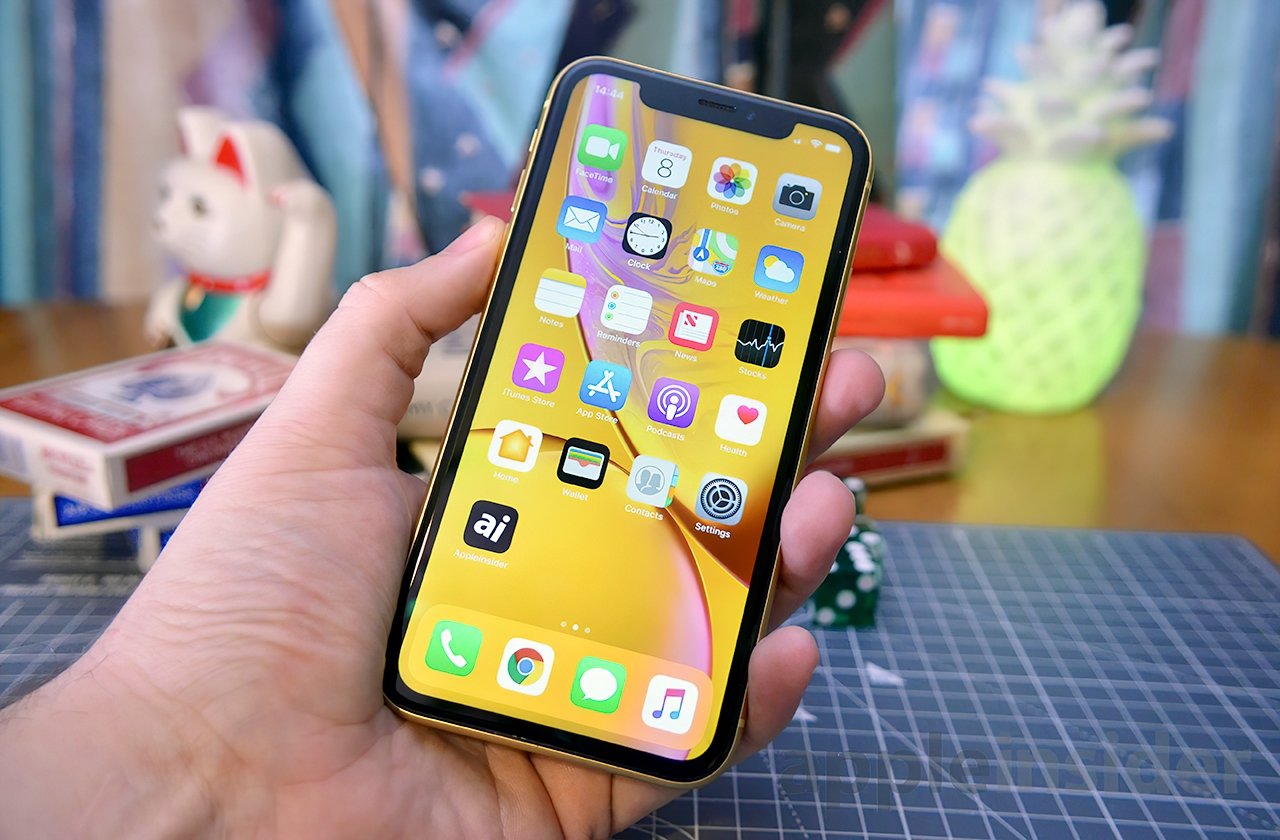

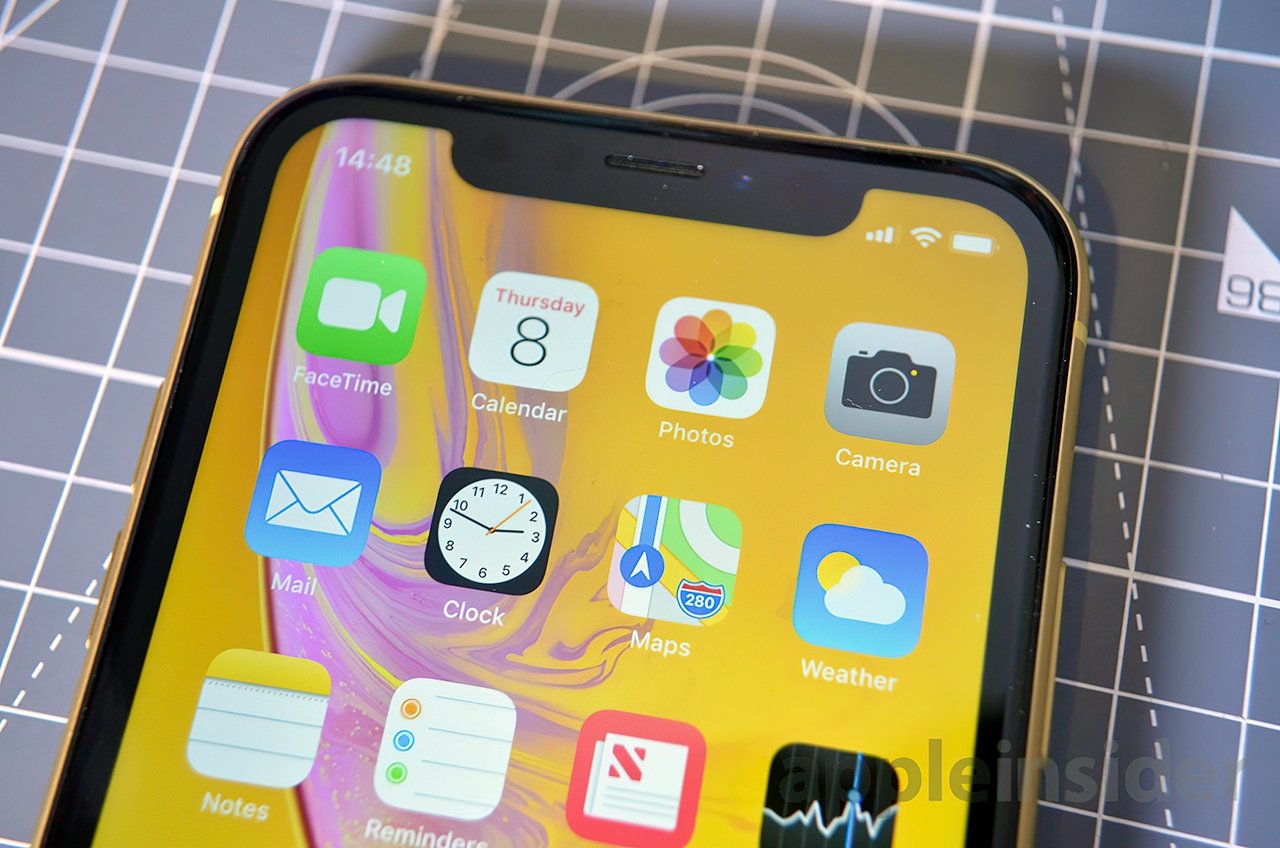
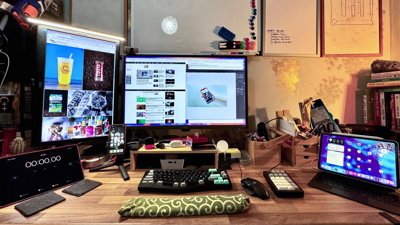
 Malcolm Owen
Malcolm Owen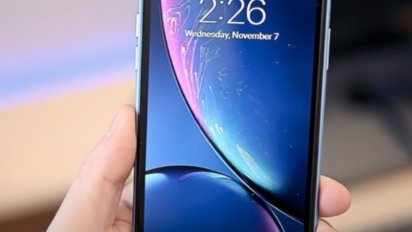
 William Gallagher
William Gallagher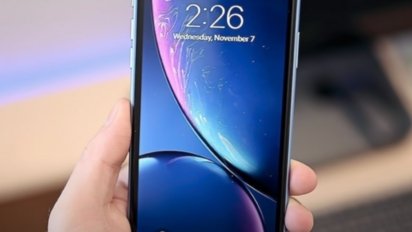
 AppleInsider Staff
AppleInsider Staff


 Mikey Campbell
Mikey Campbell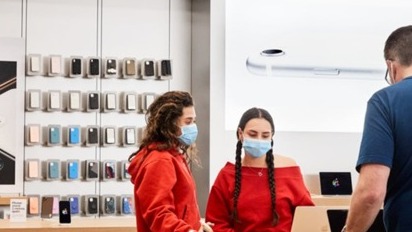
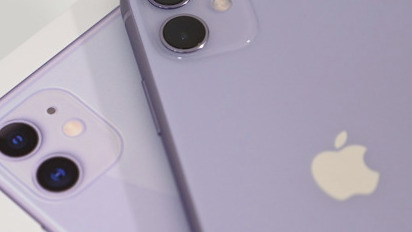
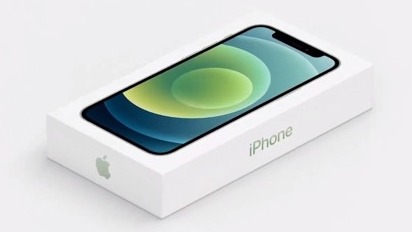
 Mike Peterson
Mike Peterson